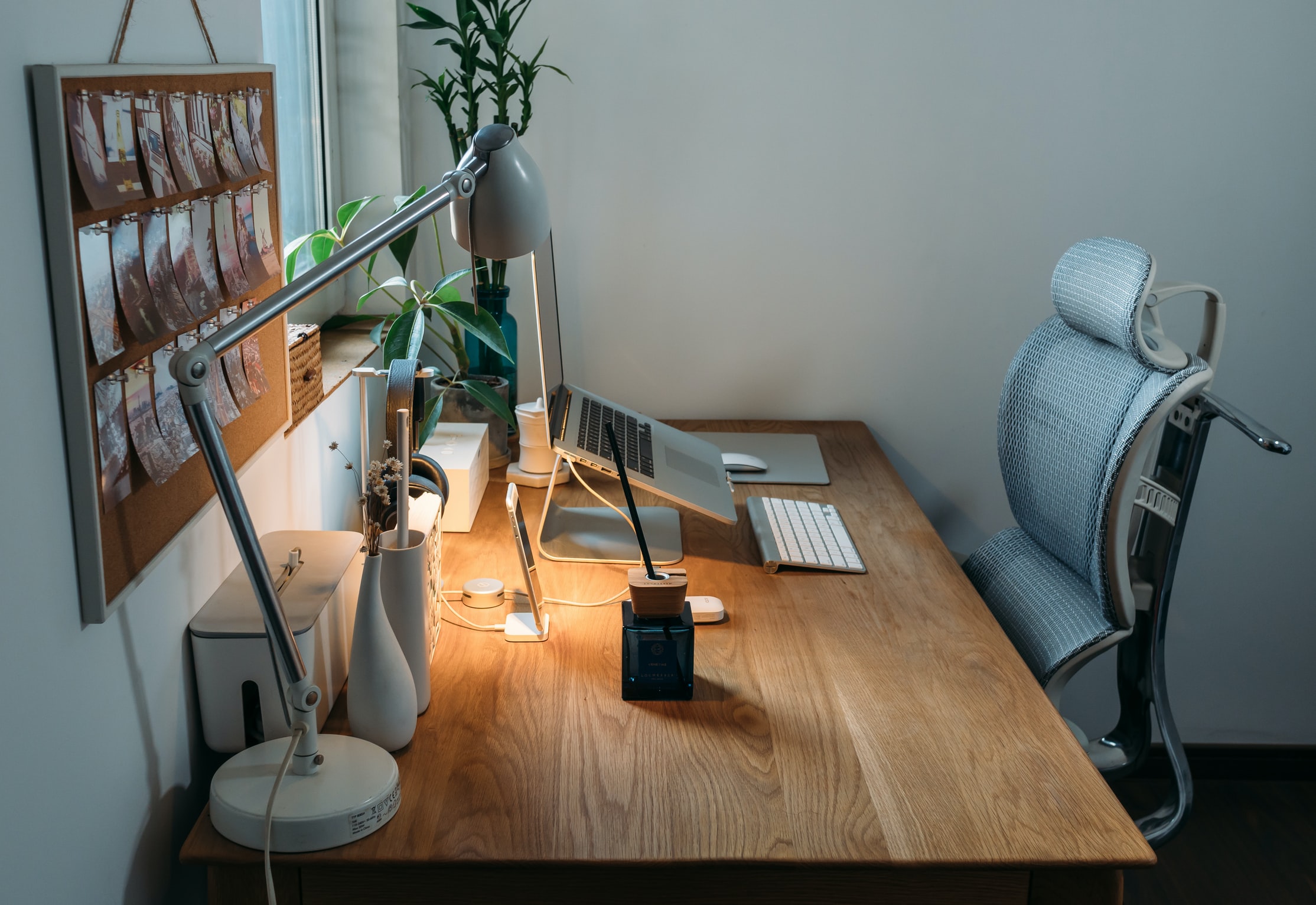
4 Ergonomic tips for working from home during COVID-19
Written by
Nushabah Zakir
Updated 5 years ago
- Create a dedicated workspace
- Identify a space in your house with a desk or table that can be reserved for computer use. Working on a couch or bed for long durations is not recommended.
- Chair: Lumbar support is the most important aspect about a chair. It is the lower part of the backrest that curves outwards and is made to support the inward curve of your lower back (called lumbar region). Use a chair with low back support and seated cushion. If you are using a kitchen or dining chair insert a seat cushion and roll up a soft towel to place under your lower back area.
- Desk: When sitting at a desk, your posture should reflect natural body positioning. In neutral body positioning your head is level, shoulders are relaxed, elbows are close to the body, feet are supported by the floor or footrest, and back is supported by lumbar support. Also, hands, wrists, forearms, thighs, and hips are paralleled to the floor.
- Identify a space in your house with a desk or table that can be reserved for computer use. Working on a couch or bed for long durations is not recommended.
- Do not bring food to workspace
- Leave food in the kitchen. Having a separate place for work will allow you to be more focused.
- Leave food in the kitchen. Having a separate place for work will allow you to be more focused.
- Use ample lighting
- It is recommended that you have as much natural light as possible. Arrange your desk so that you minimize glare from lights and windows. Keep in mind the monitor should be the brightest thing in the workspace.
- It is recommended that you have as much natural light as possible. Arrange your desk so that you minimize glare from lights and windows. Keep in mind the monitor should be the brightest thing in the workspace.
- Take movement breaks throughout the day
- Take movement breaks every 30 minutes and change posture when starting to fatigue.